|
I've had several clients ask what the initials stand for after my name. This is a great question as it can be difficult for clients, and clinicians across Canada and the rest of the world to stay informed on the latest and/or greatest in qualifications and designations. Although more initials following a physiotherapists' name may mean that they have completed more training, some qualifications require more intensive training, may be more widely accepted as an industry standard, or may be more relevant to patient needs. This article should serve to provide you with a basic level of knowledge, and will give you additional resources if you wish to do further reading! This article will not, however, provide you with a background on all available credentials, as there are dozens of courses that provide continuing education and do not have acronyms that can be used after a clinicians name. Rules & Regulations enforced by College of Physiotherapists 1) Only Registered Physiotherapists are allowed to use the initials of PT or RPT. In the most simple signature, a physiotherapist may use these initials after their name (E.g. Jacob Carter, PT). 2) Typically the first 1-3 sets of letters seen after a Physiotherapist's name will be their university qualifications. BPT (Bachelor of Physiotherapy) BScPT (Bachelor of Science in Physiotherapy) MPT (Master of Physiotherapy) MScPT (Master of Science in Physiotherapy) DPT (Doctor of Physiotherapy) tDPT (Transitional Doctor of Physiotherapy) All physiotherapists will hold a Bachelor Degree. Prior to 2012, Physiotherapists were only required to obtain a Bachelor Degree of Physiotherapy. As of 2012, the minimum required competency to enter the profession is now a Masters degree. For example, I was required to complete a four year Bachelors degree in a health science field prior to two full years of intensive studying during my Masters degree. The previous system did not require the more liberal/background education - instead the four year Bachelor of Physiotherapy degree focused on a specific and applicable curriculum. As of 2020, the United States requires all physiotherapists to hold a Doctor of Physical Therapy. This is pushing the industry standards higher, and I believe that you will gradually see more Physiotherapists in Canada that hold this level of education. Perhaps one day, you will see that Physiotherapists in Canada are required to hold this level of education as well. Additional Information: Physiotherapy Alberta College of Physiotherapists of Ontario Manual Therapy Designations 1) FCAMT (Federation of Canadian Academy of Manipulative Therapists) / FCAMPT (Federation of Canadian Academy of Manipulative Physiotherapists) This has been an industry standard for the last few decades. To become certified is a rigorous process as it is internationally standardized and tested by world leaders in Physiotherapy. The program teaches extensive theory and application techniques as related to functional anatomy, human movement, and manual therapy. Its most common criticism is that there is too much of an emphasis on theory, the theory taught is outdated, and excessive classroom time is spent re-teaching previously learned concepts. While I partially agree with this criticism, I would rather too much theory than too little when it comes to safely performing potentially dangerous techniques such as spinal manipulation. Physiotherapists can obtain this credential via two avenues: Option one takes 5 or more years to complete and requires taking seven courses (approx 64 days in classroom with 7 exams), passing an intermediate practical exam, passing a final practical and written exam, and accumulating 150 hours hours of mentorship and peer study. Option two is outlined next (Master of Clinical Science). Additional Information: Canadian Academy of Manipulative Physiotherapy Orthopaedic Division of The Canadian Physiotherapy Association Orthopaedic Division Education 2) MClSc (Master of Clinical Science) Although there are many universities in the world that offer this degree, Canadian Physiotherapists most likely to have taken the part-time, 12 month program taught at Western University in London, Ontario. The program is comprised of course work and clinical mentorship that focuses on neuromuscular dysfunction in which graduates learn spinal manipulation and participate in a research project. Graduates are eligible to apply for the FCAMPT credentials. Additional Information: University of Western Ontario MClSc Program 3) CMT (Certification in Spinal Manipulation), Cert. MT (Advanced Certification in Manual Therapy), Dip. MT (Advanced Diploma in Manual Therapy), DMPT (Doctor of Manual Physical Therapy). The Swodeam Institute was created by Jim Meadows, who has been called one of the top manual therapists in the world. The Swodeam Institute has been offering courses in one form or another since 1985 (including teaching and examining for FCAMPT), but in the last decade has taken his courses to the mainstream audience in Canada and USA. He offers a series of courses that build on knowledge learned in university, and in his course series. To achieve the Dip. MT, students spend 24 days in the classroom but spend extensive time participating in self-directed learning via online and distributed material. The course vision is that self-motivated students will be able to learn as much (or more) compared to the FCAMT certification process, but in less time. Additional Information: Swodeam Institute 4) COMT (Certificate in Orthopaedic Manual Therapy) A 4 week intensive certification offered by 'Manual Concepts' in Perth, Australia that covers spinal and peripheral manipulation (amongst many other techniques). The course offers students learning opportunities from numerous world leading expert clinicians, researchers and teachers. The competition of this course may lead to an accelerated completion of the Masters in Clinical Science (Manipulative Therapy stream) at Curtin University of Technology. Additional Information Manual Concepts Needling Designations 1) GunnIMS (Gunn Intramuscular Stimulation) or CGIMS (Certified Gunn Intramuscular Stimulation) IMS was conceptualized, researched and popularized by Dr. Chan Gunn out of the University of British Columbia in Vancouver, BC. The technique treats neuromuscular pain, and focuses on treating pain centrally (from the source of the nerve at the spinal column) and peripherally (at the source of pain). Physiotherapists that have been practicing for 4+ years, and have completed a certain level of post-graduate training can register with the iSTOP Institute to study GunnIMS. The course consists of 7 days classroom instruction and practice, written and practical exams, and independent study. Additional Information: Gunn IMS 2) FDN (Functional Dry Needling) Kinetacore was founded in 2007 by Edo Zylstra, a clinician, researcher and instructor. Edo based his course development on his previous GunnIMS training at iSTOP, and numerous other philosophies of Trigger Points and Dry Needling. The technique treats neuromuscular pain with the purpose of improving function immediately after treatment. Treatment is similar to GunnIMS and focuses on treating pain centrally (from the source of the nerve at the spinal column) and peripherally (at the source of pain). To obtain this credential you must take Level 1 and Level 2. Physiotherapists that have been practicing for one year can enrol in Level 1. Enrolling in Level 2 requires a full year of applying Level 1 techniques and records of 200 treatment sessions. Both Level 1 & 2 requires two days of classroom instruction and practice, a written exam, practical exam, and independent study. Additional Information: Kinetacore 3) CAFCI (Certified by Acupuncture Foundation of Canada Institute) Acupuncture is an ancient, safe alternative form of medicine. From a western-medical perspective, the needles stimulate the release of endorphins (the body’s natural pain-relieving neurohormones) by inserting needles into specific anatomical points to encourage natural healing. The Acupuncture Foundation of Canada Institute offers acupuncture training & certification to medical practitioners. The completion of their required four courses (including onsite and online components) and exams awards the therapist the letters CAFCI. This course amounts to 200 hours of training, and can be completed in as little time as one year, or at the therapist's desired pace. Additional Information: Acupuncture Canada 4) TCM (Traditional Chinese Medicine) There are many different programs available across Canada to receive this designation. There are some physiotherapists that have obtained this credential. If a Physiotherapist wishes to practice TCM, they often need to book the patient in for a different appointment, as many TCM practices are not recognized by the Physiotherapy College. Traditional Chinese Medicine is not regulated nationwide in Canada, however there are currently five provinces with a mandate to protect the public’s right to safe, competent and ethical services offered by registered TCM Practitioners, TCM Acupuncturists, and/or TCM Herbalists who are members of the regulatory bodies. TCM graduates require 3-5 years of study, and variable amounts of mentorship/study within Canada and Internationally. To be eligible to write the TCM final exams in Canada, students require 3,250 hours of course work and supervised practice/mentorship. Other variations of qualifications include: Registered Acupuncturist (R.Ac.) – 3 year program Registered Traditional Chinese Medicine Practitioner (R.TCM.P) – combined acupuncture and herbology with restrictions - 4 year program Doctor of TCM (Dr.TCM) – combined acupuncture and herbology without restrictions – 5 year program Additional Information: The Chinese Medicine and Acupuncture Association of Canada Soft Tissue Designations 1) ART (Active Release Technique) Dr. Michael Leahy (Chiropractor) started teaching ART over 30 years ago. The premise of the technique is simple - shorten the tissue, apply directional tension with your hand or elbow, and lengthen the tissue or make it slide relative to the adjacent tissue. I believe this is a valuable technique that has been marketed well. In my opinion, ART teaches techniques that can be learned via other means, and for cheaper prices. Clinicians may use the ART credential after their name if they take an ART course every 12 months. Clinicans also have the option to become Full Body Certified, which requires taking three courses: Upper Extremity, Lower Extremity, and Spine. Courses are not offered in Canada very often, and cost a great deal of money! Additional Information: Active Release Technique 2) GT (Graston Technique) Graston is a form of instrument assisted soft tissue mobilization (IASTM) that serves to address fascial restrictions and scar tissue. The system teaches specific techniques and sells instruments to perform the techniques. It is likely the most well known (or well marketed) system of IASTM in the world, as they were pioneers in the technique. In my opinion, Graston teaches many techniques that can be learned via other means, and for cheaper prices. Since IASTM is not a controlled act, any physiotherapy can perform it and call it IASTM instead of Graston. Clinicians may use the initials "GT" after their name after taking the Level 2 course (also known as M2). To do so, they must have completed Level 1 (also known as M1) of Graston, and have purchased Graston tools. Level 1 takes 12 hours of training. Level 2 requires clinicians to attend an additional 14 hour course. Additional Information: Graston Technique Functional Movement Designations 1) FMS (Functional Movement Screen) The FMS was developed by Gray Cook as a screening tool for fitness trainers to use in identifying limitations and asymmetries in clients without pain or known musculoskeletal dysfunction. The test is designed to have clients move in certain ways where weaknesses and imbalances become noticeable if appropriate mobility and motor control is not utilized. Any fitness or healthcare professional can become FMS certified. The Level 1 certification process requires an online course or an onsite course. To use the credential after your name, you must complete Level 2, which requires attending an onsite course. Level 2 covers additional information on the screen learned in Level 1, and focuses on improving movement patterns using corrective exercises. Most onsite courses are offered in the USA - it seems that they instruct in Canada only 1-2 times a year. Additional Information: Functional Movement Screen 2) SFMA (Selective Functional Movement Assessment) The SFMA was also developed by Gray Cook. The SFMA is meant as a tool for medical/rehab professionals to diagnose movement dysfunction, and efficiently discern the root cause for symptoms. The SFMA is meant to be used for clients who have pain with movement, or who have musculoskeletal dysfunction. The approach teaches that dysfunction is either a joint stability, tissue extensibility or motor control problem. The systematic process uses concepts of altered motor control, the neurodevelopmental perspective, and regional interdependence to direct assessment and treatment. A physiotherapist who lists this credential after their name must complete an online seminar, and a 2 day onsite course (with exams). To improve levels of understanding, clinicians can take Level 2 and Level 3. Most onsite courses are offered in the USA - it seems that they instruct in Canada only 1-2 times a year. Additional Information: Selective Functional Movement Assessment Specialty Certifications 1) CHT (Certified Hand Therapist)
Certified Hand Therapists are known for their skill in diagnosing and treating upper extremity (shoulder to hand) dysfunction. They are credentialed through the Hand Therapy Certification Commission (HTCC). Clinicians may use the CHT credential after their name if they pass the Hand Therapy Certification Examination (four hour examination consisting of 200 multiple choice). As of May 2017, Physiotherapists and Occupational Therapists will be eligible to apply for the examination if they have been registered for three years (previously, five years was the minimum). In addition, candidates must have 4000 hours of "hands on" (haha) practice. Additional Information: Hand Therapy Certification Commission 2) Certified Pelvic Health Physiotherapist There are many organizations that teach Pelvic Health / Women's Health / Men's Health courses in Canada and the USA. These courses focus on theory and internal manual therapy techniques. There are varying regulations across Canada, depending on the province. For example, in Ontario you must be approved by the College of Physiotherapists and placed on the specialized roster to provide "internal assessment or internal rehabilitation of pelvic musculature". However, in Alberta, this is not the case. Furthermore, in Alberta there does not appear to be any regulation in place on what courses a physiotherapist must complete to call themselves a Certified Pelvic Health Physiotherapist in Alberta. There are many clinicians that will use this title who have taken a singular course, and conversely, there are many clinicans that may use this title if they have taken multiple courses - Therefore... buyer beware (or at least do your homework!). Additional Information: One of the best well known instructional institutions in Canada is Pelvic Health Solutions College of Physiotherapist of Ontario Physiotherapy Alberta - Note that Pelvic Rehabilitation is not listed as a restricted activity
2 Comments
|
Have you found these article to be informative, helpful, or enjoyable to read? If so, please visit my Facebook page by clicking HERE, or click the Like button below to be alerted of all new articles!
Author
Jacob Carter lives and works in Canmore, Alberta. He combines research evidence with clinical expertise to educate other healthcare professionals, athletes, and the general public on a variety of health topics. Archives
November 2022
Categories
All
|
|
|
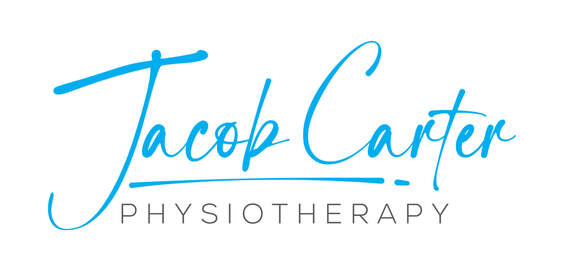
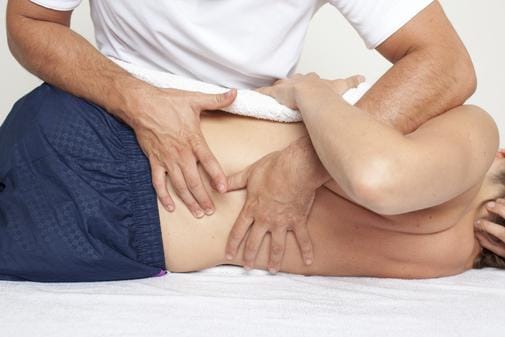
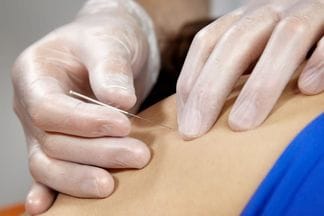
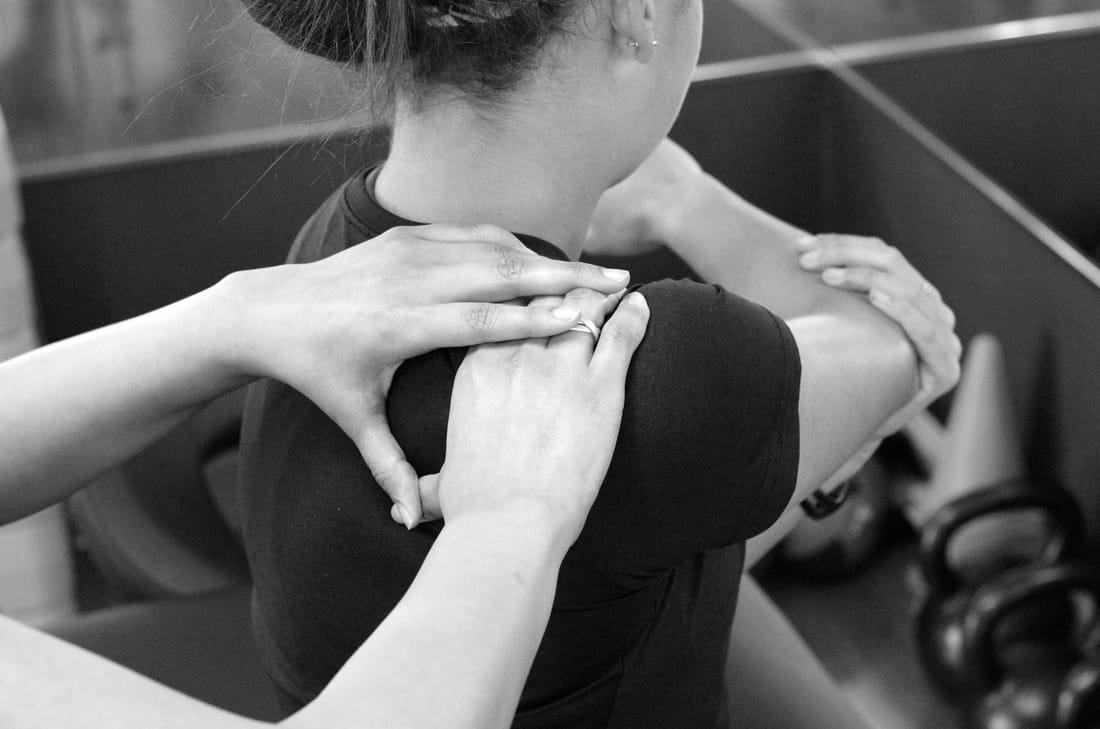
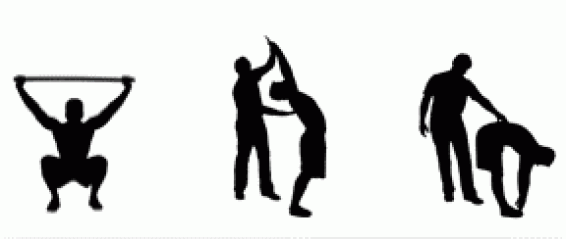

 RSS Feed
RSS Feed